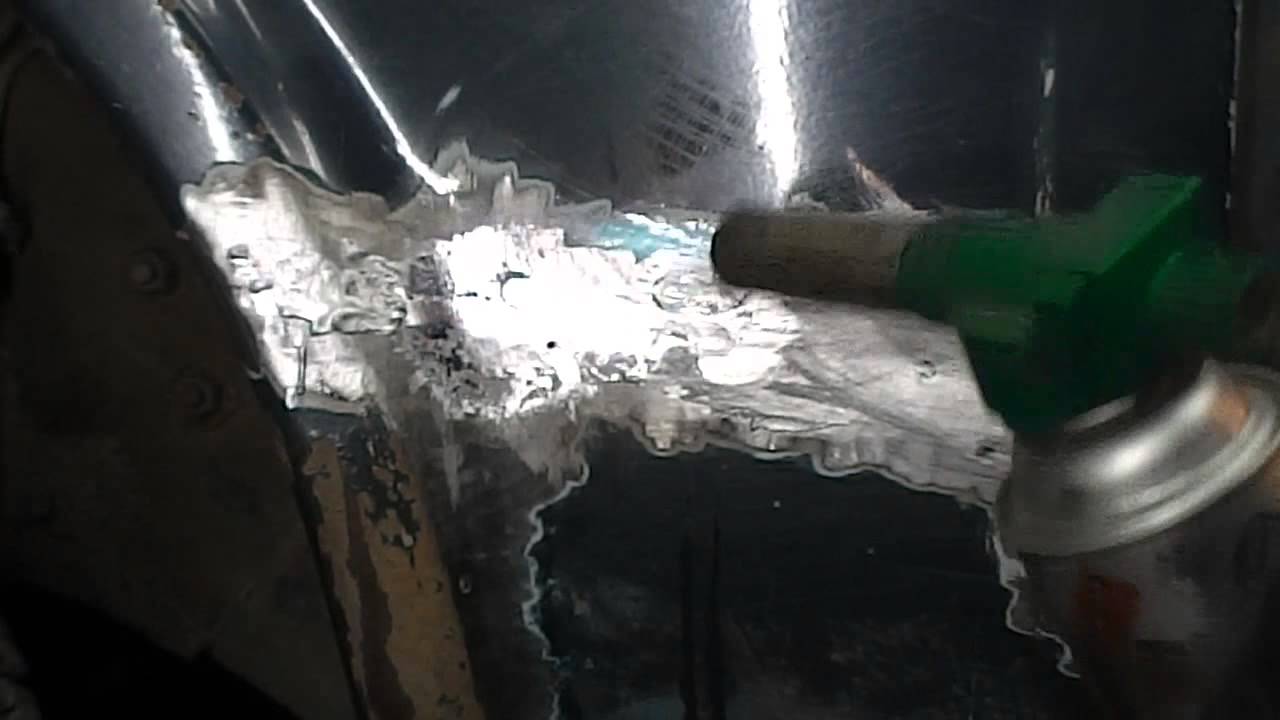
Galvanized body welding: how to cook, types of welding
Content
Many owners of equipment prefer to cook cars in this way, because the galvanized seam is more even, uniform and uniform, the quality is at a high level.
Such a common process as welding a body with galvanizing is quite responsible, it is characterized by low operating temperatures at the time of melting of special filler materials.
Even beginners who have thoroughly familiarized themselves with the algorithm of actions will cope with car repairs, but any neglect of technology will lead to the burnout of the protective layer of metal, and the connection will subsequently crack or break.
What you need to know about the zinc layer and its thickness
Due to the fusibility of the protective layer, experts consider welding a car body a difficult task. An additive material with a copper-silicon or aluminum-bronze component for work will help to achieve a high-quality connection.
Faced with minor punctures, before welding the body with galvanizing, the diameter of the hole is reamed to a size of 18-20 mm. And the inner surface is made as smooth as possible, traces of thread, corrosion or other contamination are unacceptable.
How to weld a galvanized body
Among the important nuances when repairing a car, it is worth highlighting the definition of product coating technology, the protective layer can be of different thicknesses. If you cook steel in sheets covered with a galvanized film, the heating occurs abruptly, up to a temperature of 1 thousand degrees, which can lead to such excesses:
- The protective layer of the auto part will begin to evaporate after rapid melting.
- Vapors are able to penetrate the metal of the body, such effects will disrupt the structure of the material.
- Excessive welding fumes will definitely affect the quality of the joint.
Having undertaken to cook a machine part on your own, you need to remember that the process involves increased toxicity, which can harm human health.

Galvanizing of a body of a car
Without powerful and productive ventilation, work should not be started, and the air should be drawn out not only at the place of manipulation, but throughout the room.
Types of welding of galvanized steel
Before welding the body with galvanizing, the top coating is removed; this layer is most easily removed by mechanical action on the metal. Armed with any hard abrasives, it will be possible to achieve good results and proceed to the choice of how to work the process, among them are popular:
- Semi-automatic.
- Inverter.
- Body welding with a gas torch.
If working with a car involves the use of electrodes, then ordinary product samples will not work, it is necessary to purchase copies with a rutile coating, and for a low-carbon alloy - ANO-4, MP-3 or OZS-4.
Semiautomatic welding
Many owners of equipment prefer to cook cars in this way, because the galvanized seam is more even, uniform and uniform, the quality is at a high level.
Body welding has several features, and the likelihood of through burns is minimized. It will be possible to perform manipulations in the presence of a voltage of less than 220V, this is helped by a specialized wire and additives for connecting galvanized parts in an environment without a protective gas atmosphere.
Inverter welding
When choosing this method, it will be necessary to cook galvanizing using reverse polarity current, the arc burns stably, and the electrode heats up to the desired temperature in just a few seconds.

What welding to cook a car body
When performing the process with a wire, the movement should be as smooth as possible, without jerks, otherwise the galvanized surface will be damaged. When using electrodes, you need to remember that in order to minimize the likelihood of burning through a machine part, you will need to correctly select the slope of the tool component.
Spot welding
To implement the plan, it is important to choose the right additives for zinc, practice shows that good results can be achieved with elements containing copper in combination with silicon, as well as aluminum or manganese. Substances are labeled as follows: CuSi3, CuAl8, CuSi2Mn.
The final strength of metal joints will depend only on the ratio of the components. Three-component product samples help to make an automotive seam with increased strength, which makes these additives most suitable for spot repairs of automotive parts.